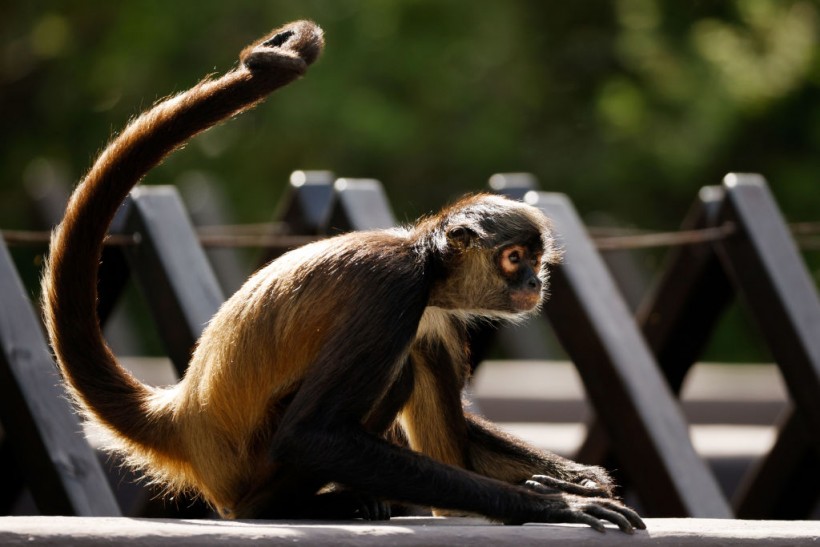Several studies show that the teeth from an extinct monkey species can provide information on the ages of human ancestor fossils.
The "quite huge" monkey lemur, Archaeolemur, featured unusual anatomical traits not observed in extant lemurs, such as lacking a "tooth comb" in the front of the mouth for grooming, according to lead investigator Dr. Ian Towle of the Sir John Walsh Research Institute in the Faculty of Dentistry (per Science Daily).
By examining the chipping of 447 teeth and comparing the frequency of chipping to that of other primates, the studies sought to determine the diet of Archaeolemur.

Much like the new and old-world monkeys, tarsiers, lemurs, and bush-babies at present, these animals had an extremely long tail, perhaps, to help them keep their balance while treading through the treetops.
The results were unexpected-these unique extinct lemurs had dentitions that looked like baboons yet had tooth-chipping patterns like those of prehistoric hominins like Neanderthals.
Extinct 'Monkey Lemur' Fossils Show Similarities to Fossil Humans
The first study, published in the American Journal of Biological Anthropology, demonstrated that the tooth-chipping patterns of archaeolemurs are distinct from those of any other living primate. Their front teeth exhibit significant fractures, frequently with multiple tooth chips on a single tooth, but their back teeth exhibit very little chipping.
Dr. Towle claimed that fossil hominins like Neanderthals exhibit tooth fracture patterns. These fracture patterns are typically assumed to be connected to tool-use behaviors in Neanderthals.
The findings are consistent with an earlier study on archaeolemurs, particularly with indications that these animals' massive, strong front teeth may have been utilized to process a diet rich in difficult foods.
ALSO READ: Unusual Tooth Discovered in Japanese Macaques: What is Its Significance in Human Evolution?
Timeline of Hominid Fossils
According to a separate study published in Proceedings of the National Academy of Sciences, the oldest hominid fossils found in South Africa are only 2.8 million years old.
This figure conflicts with other recent research that suggests dates as old as 4 million years ago using other methodologies.
In reality, scientists have been estimating the ages of fossil sites in South Africa for more than 30 years using fossil monkeys. But Frost and his colleagues believed it was time for a reassessment, given the availability of more samples and better technologies.
According to certain analyses, the fossil may be 3.67 million years old. But according to research from Proceedings of the National Academy of Sciences, it may be less than a million years old. The results are consistent with other uranium-lead radiometric dating estimates.
The findings, per the researchers in the Futurity report, will encourage more discussion and investigation into the age of the hominin fossils discovered in South Africa. Other researchers could update age estimates based on similar cross-site comparisons of other species.
RELATED ARTICLE: 100,000-Year-Old Fossilized Footprints Shows Similarity Between Neanderthal and Modern Children
Check out more news and information on Human Evolution in Science Times.














